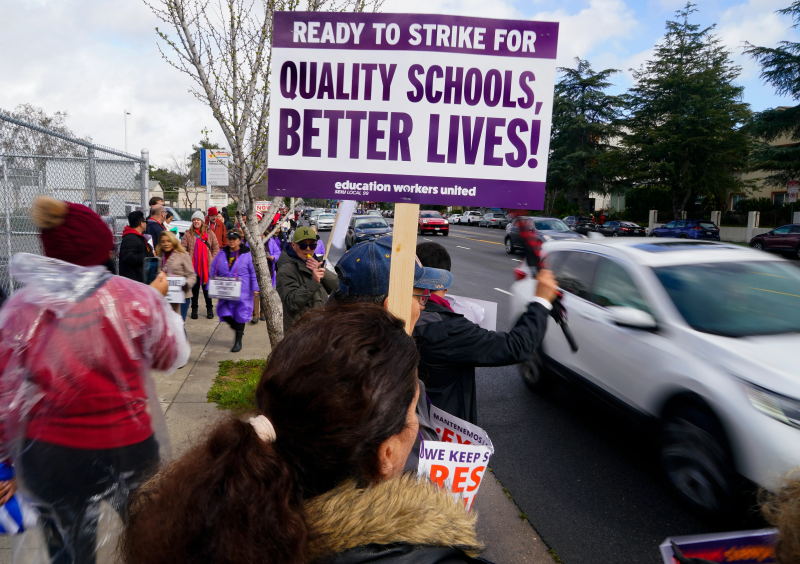Americans are demanding more: Desired salary for new jobs now nearly $79,000
Americans’ salary expectations for a new job rose in July to the highest level since March 2014, when the New York Federal Reserve started tracking this data.
The lowest annual wage respondents would be willing to accept for a new job continued to rise, reaching $78,645, from $72,873 in July 2022 and $62,194 in July 2019 before the pandemic, the NY Fed said. This year-over-year increase was most pronounced for respondents above age 45, and men wanted on average $91,048 compared with women who wanted $66,068.
Wages have been a focal point in the Fed’s fight against inflation. In June, Fed Chairman Jerome Powell said taming wage inflation was an important part of getting inflation down to its 2% goal. July’s consumer price index was 3.2%, up from 3% in June.
What salary do workers actually get?
There’s definitely a gap between the $78,645 annually that people want to get paid to switch jobs and the average $69,475 people received over the past four months, the NY Fed said. Despite the difference though, employees were still doing much better than the $60,764 they received a year ago.
Protect your assets: Best high-yield savings accounts of 2023

How does wage growth fuel inflation?
If businesses’ expenses grow with higher wages, they’ll often raise prices to accommodate that. As prices rise, workers will demand higher wages to help them keep up spending, and so on. This cycle is what economists call the “wage-price spiral.”
That’s not to say wages should completely stop rising.
“Wages will continue to increase,” Powell said. “What we’re talking about is having wage increases still at a very strong level but at a level that’s consistent with 2% inflation over time.”
Powell didn’t specify what level would be consistent with the Fed’s inflation goal, but we’re apparently not there yet.
The Atlanta Fed’s wage growth tracker was 5.7% in July, up a tenth from June. For people who changed jobs, the tracker in July was 6.4%, up from 6.1% in June. For those not changing jobs, the tracker was 5.4%, flat from June.
A different kind of recession?What is a full employment recession? Are we heading into one?
How can the Fed cool wages?
One way to do that is to cool the labor market, which the NY Fed data shows might be happening.
The share of job seekers in the previous four weeks declined to 19.4% from 24.7% a year ago, and the likelihood of switching jobs fell to 10.6% from 11%, the survey said.
Expectations of being offered a new job declined to 18.7% from 21.1% a year ago, and the average expected likelihood of receiving multiple job offers in the next four months dropped to 20.6% from 25.7%, the NY Fed said.
Additionally, 3.9% of respondents expect to be unemployed, up from 2.3% in July 2022 and the highest level since March 2020, data showed.
Medora Lee is a money, markets, and personal finance reporter at USA TODAY. You can reach her atmjlee@usatoday.com and subscribe to our free Daily Money newsletter for personal finance tips and business news every Monday.
Disclaimer: The copyright of this article belongs to the original author. Reposting this article is solely for the purpose of information dissemination and does not constitute any investment advice. If there is any infringement, please contact us immediately. We will make corrections or deletions as necessary. Thank you.







